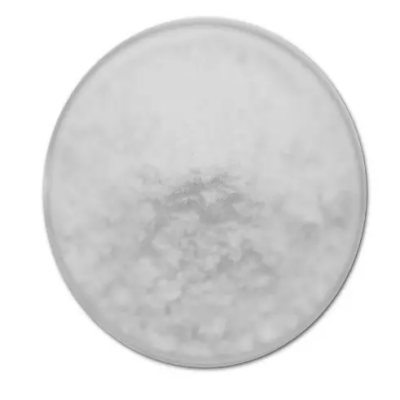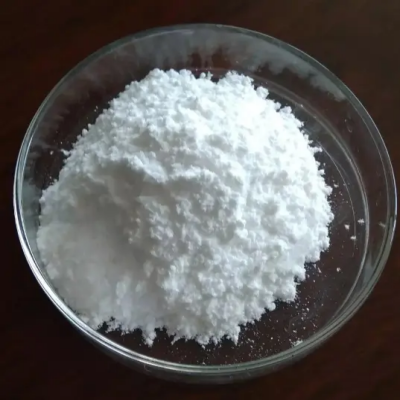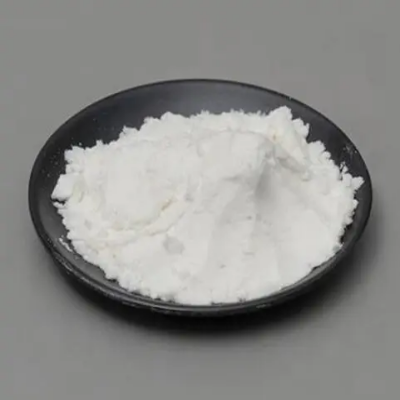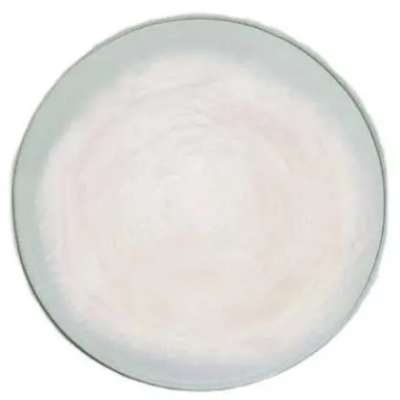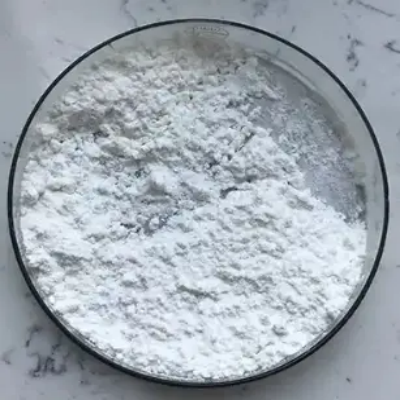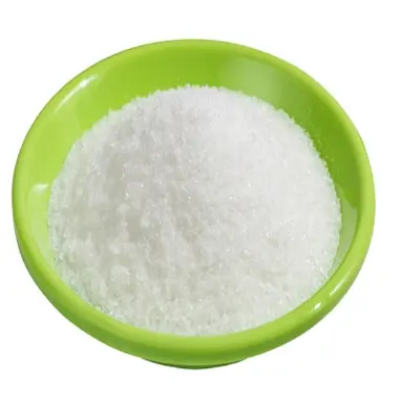3-Methyl-7-(2-butyn-1-yl)-8-bromoxanthine CAS:666816-98-4
Synthesized via complex organic methodologies, 3-Methyl-7-(2-butyn-1-yl)-8-bromoxanthine exhibits a distinctive molecular architecture crucial for diverse applications. The xanthine scaffold, modified by bromine, methyl, and butynyl groups, influences its chemical reactivity, solubility, and interactions with biological systems. These structural characteristics are pivotal for understanding its pharmacological profile and therapeutic potential. Applications in Pharmaceuticals This compound's structural complexity positions it at the forefront of pharmaceutical research. Xanthine derivatives are renowned for their pharmacological activities, including phosphodiesterase inhibition and adenosine receptor modulation. The incorporation of bromine, methyl, and butynyl groups in 3-Methyl-7-(2-butyn-1-yl)-8-bromoxanthine enhances its biological activity spectrum and therapeutic potential, making it a promising candidate for drug development across various disease targets. Biological Activity and Mechanisms Research indicates that xanthine derivatives exert their effects through mechanisms such as enzyme inhibition and receptor antagonism. The specific substitutions on 3-Methyl-7-(2-butyn-1-yl)-8-bromoxanthine may alter its metabolic stability, pharmacokinetic profile, and target specificity, influencing its efficacy and safety in therapeutic applications. Understanding these mechanisms is crucial for optimizing its therapeutic utility. Synthetic Routes and Development The synthesis of 3-Methyl-7-(2-butyn-1-yl)-8-bromoxanthine involves intricate organic routes starting from xanthine precursors and alkynylating agents. Optimization of these synthetic pathways is essential for achieving high purity and yields, critical for industrial-scale production and pharmaceutical applications. Refinement in synthesis also promotes cost-effectiveness and sustainability in drug discovery and development endeavors. Current Research and Future Directions Current research endeavors focus on exploring the compound's comprehensive biological activities, including potential anti-inflammatory effects or neuroprotective properties. Future investigations may delve into structural modifications to improve its pharmacokinetic behavior or enhance its selectivity toward specific disease targets. Additionally, ongoing studies aim to validate its safety and efficacy through rigorous preclinical and clinical evaluations, paving the way for its therapeutic application. Conclusion In conclusion, 3-Methyl-7-(2-butyn-1-yl)-8-bromoxanthine represents a significant advancement in medicinal chemistry and pharmaceutical research due to its intricate chemical structure and potential therapeutic applications. The integration of bromine, methyl, and butynyl groups into a xanthine framework underscores its pharmacological versatility and promise. Further elucidation of its chemical properties, biological interactions, and synthetic pathways is essential for fully harnessing its therapeutic potential and advancing its applications in medicine and related fields.



| Composition | C10H9BrN4O2 |
| Assay | 99% |
| Appearance | white powder |
| CAS No. | 666816-98-4 |
| Packing | Small and bulk |
| Shelf Life | 2 years |
| Storage | Store in cool and dry area |
| Certification | ISO. |


